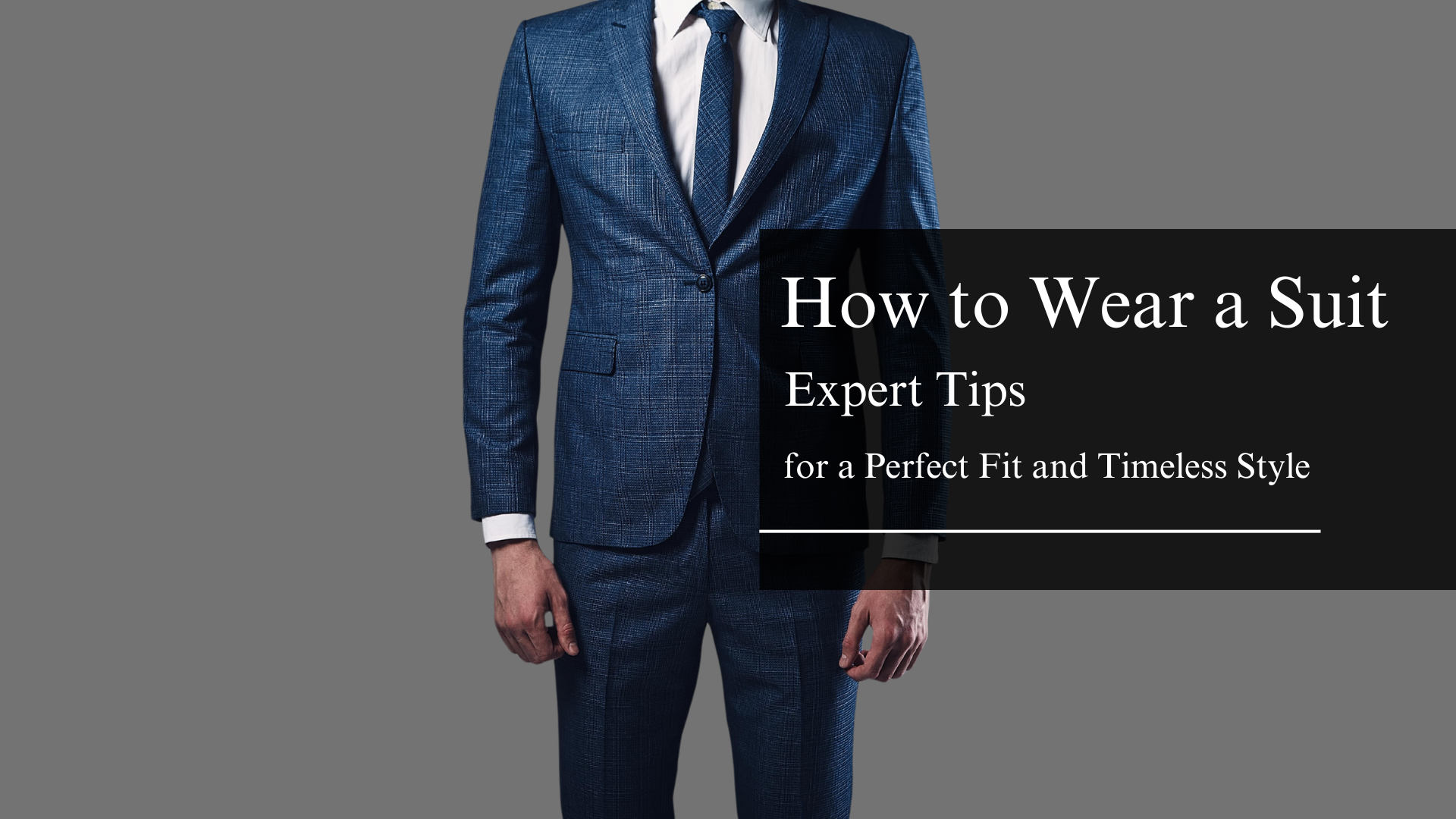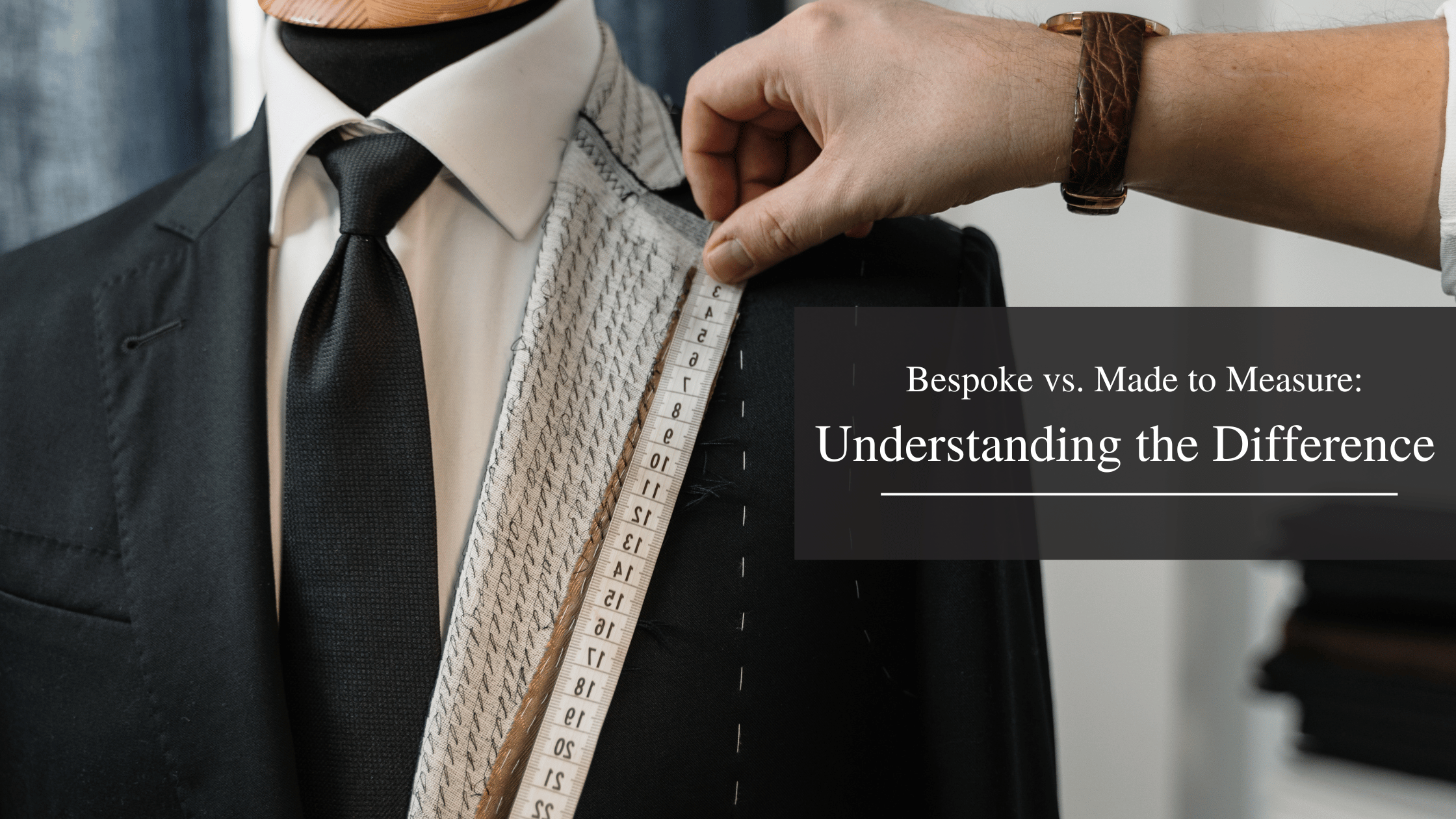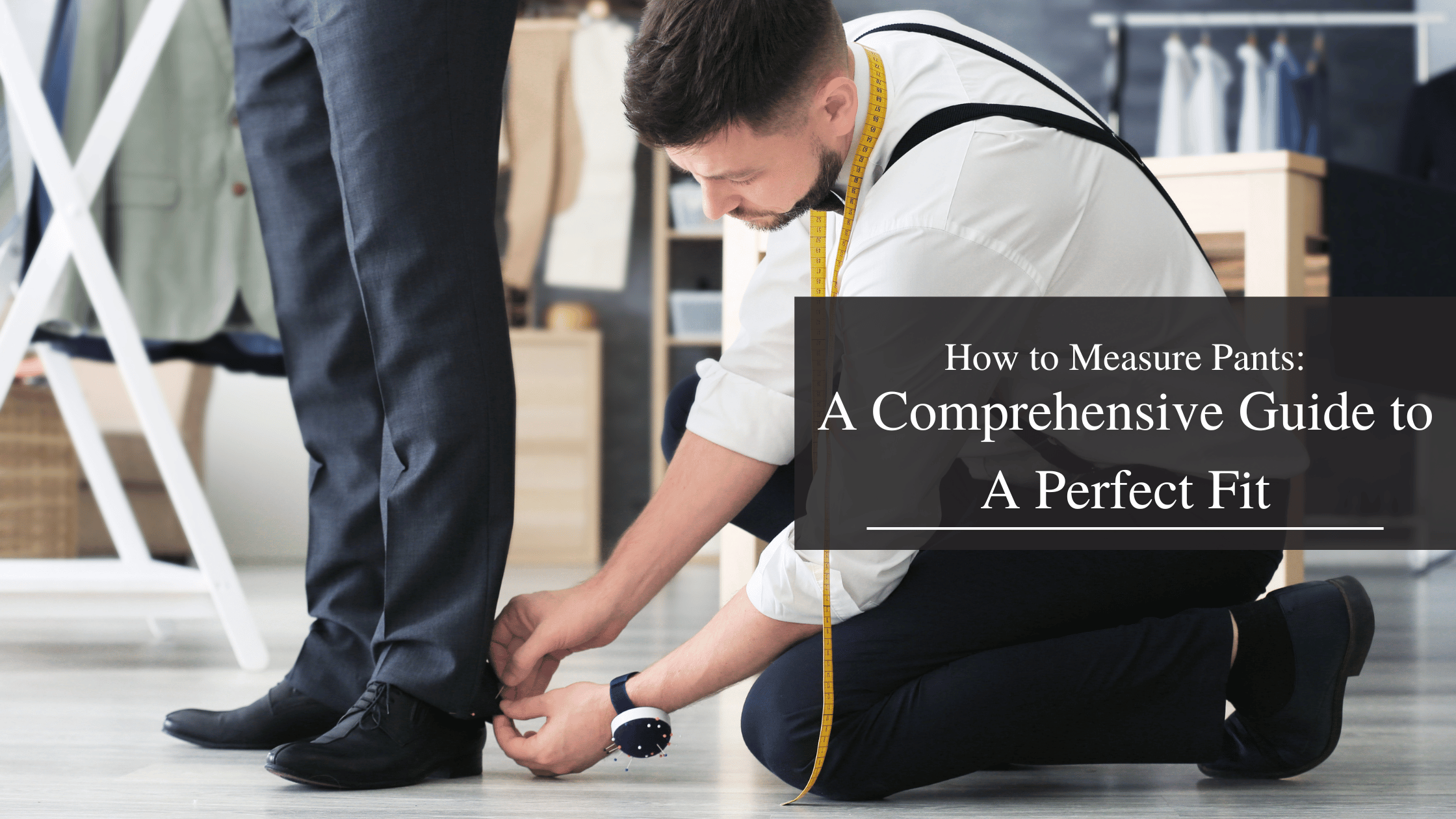
Over 70% of professionals agree that knowing how to wear a suit enhances confidence and creates a lasting impression. It goes beyond just putting on a jacket and pants—it’s about understanding suit rules, such as fit, fabric, and accessories, to bring everything together. Starting with the right measurements sets the foundation. The jacket should sit snug across your shoulders without tightness or sagging, and your trousers should rest neatly at the top of your shoes.
Choosing the Right Suit
Fit Matters
Nearly 80% of suit rules revolve around achieving the right fit. A proper fit enhances comfort and highlights your silhouette. Check the shoulders—your jacket shouldn’t extend past them. Make sure the sleeves end just above the wrist bone, revealing about 0.5 inches of shirt cuff. Pants should touch the tops of your shoes without pooling. Avoid tight fits; they restrict movement and compromise comfort. Instead, go for tailored adjustments to achieve a clean, polished appearance.
Fabric Selection
Fabric is key to both appearance and functionality. Lighter fabrics like wool-linen blends work well in warmer seasons, while heavier options like flannel are ideal for cooler months. Stick to high-quality materials from reputable mills for durability. Avoid synthetic blends that can look cheap and wear poorly over time. For versatility, consider year-round fabrics like medium-weight wool. Practical fabric choices directly impact how to wear a suit with ease and confidence.
Suit Colors and Patterns
Color choice is critical for versatility. Navy, charcoal gray, and black are timeless staples, suitable for business or formal events. Medium gray offers flexibility for less formal settings, while brown adds personality without compromising elegance. Reserve bolder patterns like pinstripes or checks for casual environments. Stick to solid suits for professional looks and pair them with complementary shirts and ties. Remember, conservative colors follow classic suit rules and never go out of style.
The Basics of Wearing a Suit
Shirt Selection
Your shirt serves as the foundation of your suit ensemble. Always go for a fitted dress shirt that complements your suit’s color. For formal occasions, stick to crisp white or light blue shirts, which account for 85% of traditional pairings. Ensure the collar rests snugly around your neck without discomfort, and avoid overly loose cuffs. If you’re wearing checked or striped suits, opt for solid shirts to maintain balance. This groundwork ensures a clean and sophisticated look when combined with the other suit rules.
Ties and Accessories
Pairing the right tie and accessories elevates your style. Choose a tie that complements the suit and shirt, keeping proportions balanced—the tie width should match the lapel width. Patterns like small polka dots or subtle stripes work well for business settings, while bold patterns suit more creative environments. Accessorize with pocket squares or cufflinks sparingly, aligning with the formality of the event. Overdoing it disrupts the ensemble, so simplicity is key. Together, these choices refine your look and transition perfectly to shoes and belts.
Shoes and Belts
Shoes and belts tie the whole outfit together. Leather shoes in black, brown, or oxblood are classics, matching belts in the same color and finish to complete your coordination. Shoes should be polished to enhance their appearance, while socks should complement the trousers. Avoid mismatched or scuffed footwear, as they undermine the overall sharpness. This final touch ensures you’re dressed head-to-toe in line with timeless suit rules, leaving a lasting impression.
Key Suit Rules to Follow
Button Etiquette
Always fasten the top button of a two-button jacket while standing, but leave the bottom one undone. For a three-button style, only button the middle, never the bottom. When you sit, unbutton all closures to prevent fabric strain. Following these established rules ensures your jacket drapes smoothly and maintains its shape over time. Proper buttoning enhances the overall silhouette and reflects polished style, a cornerstone of perfect suit etiquette.
Matching Socks
Match your socks to your pants, not your shoes, to create a cohesive look. Choose socks that reach halfway up the shin, ensuring comfort and preventing skin exposure when sitting. Stick to classic patterns or colors and, above all, avoid white socks with any suit. Darker shades like navy or charcoal work well for formal settings, while subtle patterns add a touch of personality. Coordinated, properly chosen socks show attention to detail, completing a refined appearance seamlessly.
Jacket Length and Fit
An ideal jacket length covers your rear and ends just below the hip. Shoulders should sit snugly, without bulging or wrinkles, while sleeves break precisely at your wrists, revealing a sliver of shirt cuff. A well-fitted jacket complements your posture and balances proportions, contributing to the visual “hourglass” effect. Current trends favor softer tailoring with a fluid drape, perfect for both structured and deconstructed styles. Ensuring your jacket fits correctly amplifies your confidence and sharpens your entire look.
Styling Tips for Different Occasions
Formal Events
Stick to classic black or navy suits for formal events, as these colors exude sophistication and comply with traditional suit rules. Pair your suit with a white dress shirt and a silk tie for an elegant touch, ensuring the tie’s width matches your lapel. Your shoes should be polished black leather, and accessories minimal—think a sleek silver watch or cufflinks.
Opt for high-quality fabrics like wool blends for a luxurious appearance. Ensure your jacket fits snugly across your shoulders and trousers sit neatly at the top of your shoes. These details project confidence and refinement, ideal for weddings or black-tie gatherings.
Business Attire
For business attire, navy and gray solid suits dominate over 65% of workplaces for their professional appeal. Get tailored fits from the best tailor in Bangkok to highlight your silhouette and maintain a polished look. Pair your suit with a light blue or white dress shirt, complementing it with a darker tie suitable for corporate settings.
Stick to subtle patterns, like pinstripes, to keep it professional but not boring. Match your belt and shoes in classic brown or black leather, ensuring your footwear is clean and shined. Polished shoes enhance your aesthetic, demonstrating attention to detail and seriousness.
Casual Suit Styling
Casual suit styling lets you break some suit rules for a relaxed yet sharp appearance. Ditch the tie and swap your dress shirt for a plain crewneck tee or lightweight sweater. Opt for medium gray or brown suits, which exude flexibility and personality.
Double vents on your jacket, slim-fit pants, and loafers or sneakers can complete this laid-back look. Expose about half an inch of your shirt cuffs and leave the jacket unbuttoned for a trendy, effortless vibe. This is how to wear a suit casually while staying stylish.
Mastering the art of wearing a suit is all about attention to detail and understanding the essentials of fit, fabric, and coordination. When you invest in the right suit and style it thoughtfully, you’re not just dressing up—you’re making a statement. Whether it’s for a formal event, the workplace, or a casual outing, a well-worn suit that you can get from a tailor in Bangkok reflects confidence and sophistication.



